
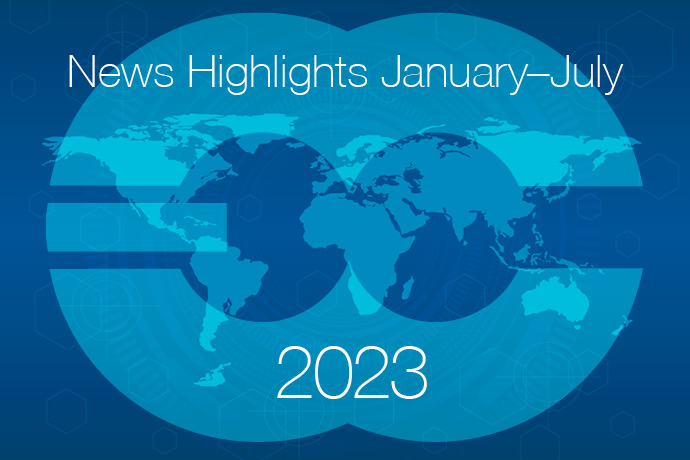
ECMWF news highlights in the first seven months of 2023 include a major upgrade of the forecasting system; initiatives to drive forward weather science; and news from the EU-funded services implemented by ECMWF.
Forecast developments
On 27 June, we implemented a substantial upgrade of our Integrated Forecasting System (IFS) to Cycle 48r1. It improved the skill of the Centre’s weather predictions and increased the resolution of medium-range ensemble forecasts.
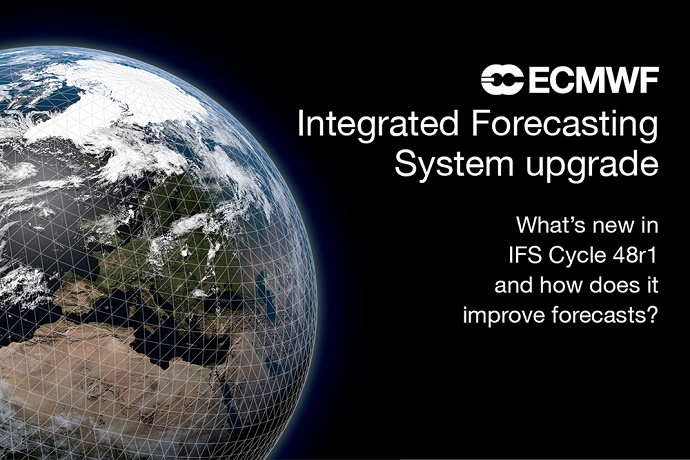
The upgrade recast extended-range forecasts, too, which now have 101 instead of 51 ensemble members and are run more frequently than before.
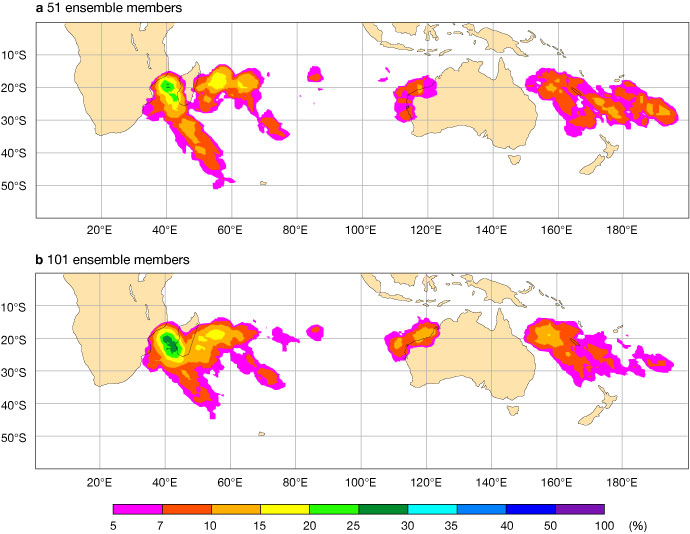
Tropical storm strike probability maps for week 4 for the extended-range forecast starting on 7 January 2021, showing (a) the strike probability produced with a 51-member ensemble and (b) the strike probability produced with a 101-member ensemble, both in the real-time forecast configuration.
Cycle 48r1 also includes extensive changes to the way the initial conditions of weather forecasts are established.
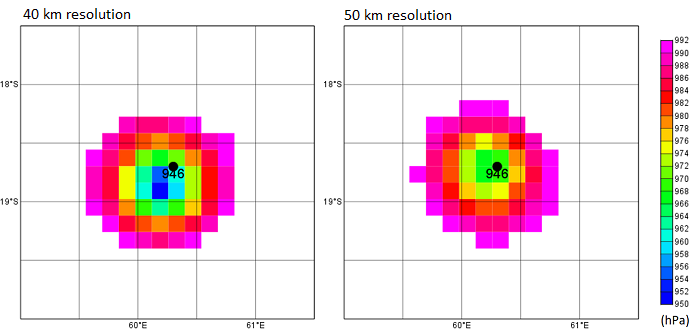
Using higher-resolution data assimilation, the core pressure of a tropical cyclone was analysed at 951 hPa, which is just 5 hPa higher than the observed value of 946 hPa. Using the lower resolution, a core pressure of 967 hPa was indicated, 21 hPa above the observed value.
Earlier in June, we reported on forecasts predicting a growing El Niño event this year. The predictions, which included our seasonal forecast, were assembled by the EU’s Copernicus Climate Change Service (C3S) implemented by ECMWF.
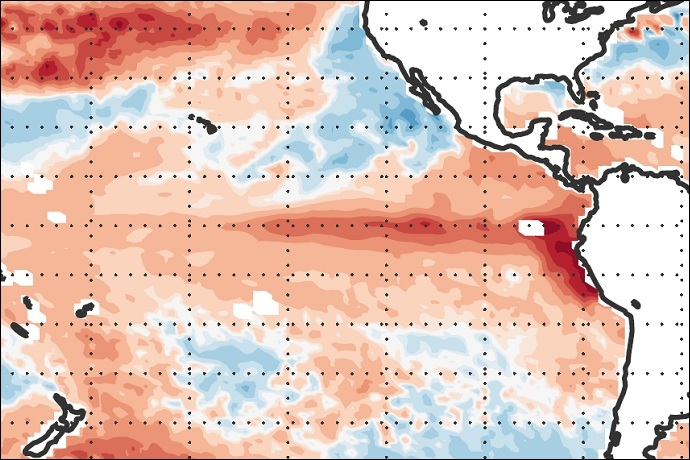
Driving forward weather science
Machine learning was a prominent theme to which ECMWF scientists contributed at the European Geosciences Union (EGU) General Assembly 2023.

Meanwhile, a team of three people has been established to coordinate machine learning activities at ECMWF.

Numerical weather predictions rely on observations to help establish the initial conditions of forecasts as accurately as possible. Mohamed Dahoui monitors weather observations at ECMWF to ensure they are of good quality.
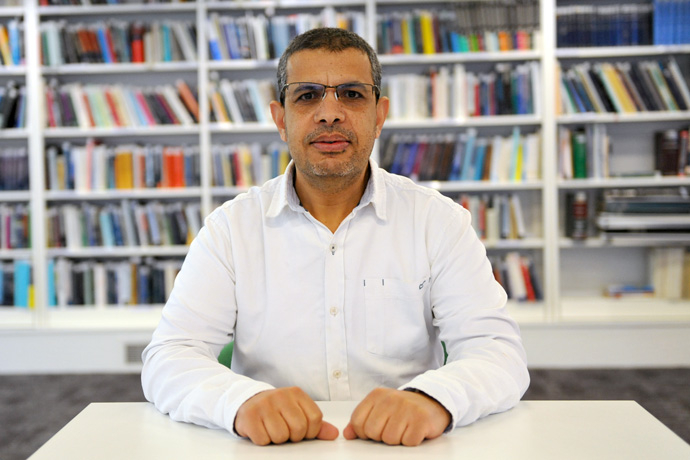
The urban environment will for the first time be considered in the IFS from next year. This is important because in cities temperatures are often elevated compared to their surroundings.
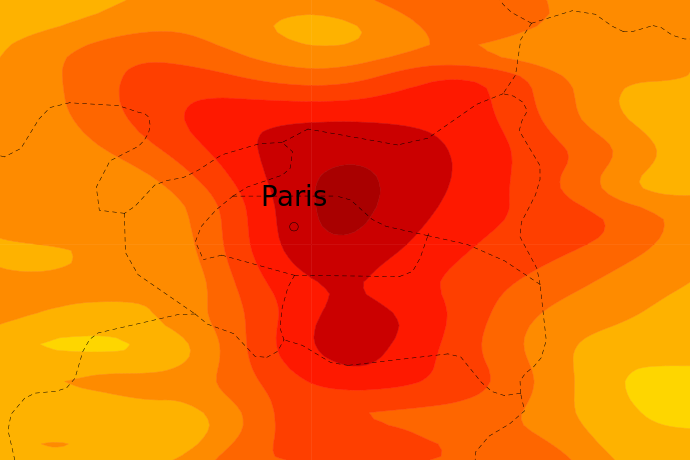
EU-funded services
The EU-funded Copernicus Climate Change Service (C3S) implemented by ECMWF found that the global-mean surface air temperature was more than 1.5°C above pre-industrial levels in early June, which was a first for a summer month.
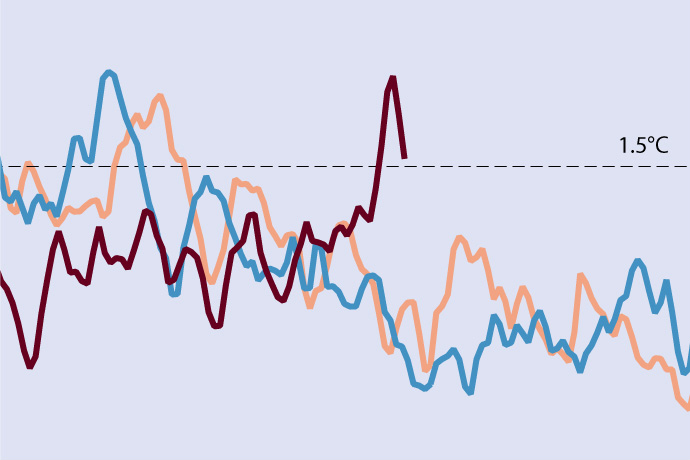
It also showed that the year 2022 was the second warmest on record in Europe, and the summer of 2022 was the hottest in Europe.

An ECMWF-coordinated project to monitor anthropogenic CO2 emissions worldwide has moved into its final year. This EU-funded initiative will feed into a permanent anthropogenic greenhouse gas emissions Monitoring and Verification Support Capacity (CO2MVS), which is being developed as part of the EU’s Copernicus Atmosphere Monitoring Service (CAMS) implemented by ECMWF.
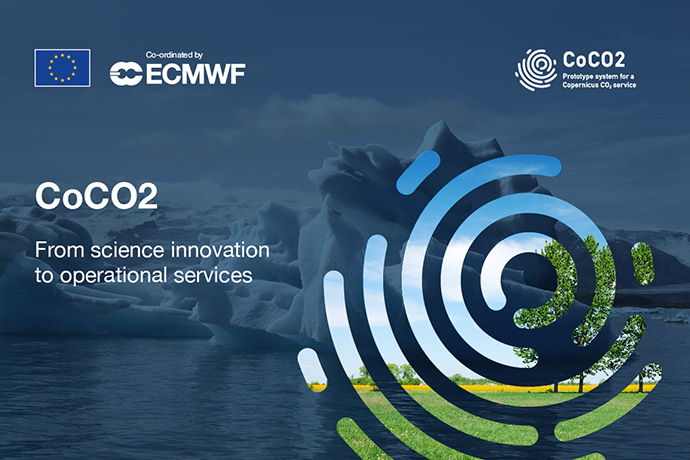
Finally, we will make sure that the EU’s Destination Earth (DestinE) initiative has completed the first steps in developing highly accurate replicas of Earth to facilitate action on climate change and environmental extremes by mid-2024.
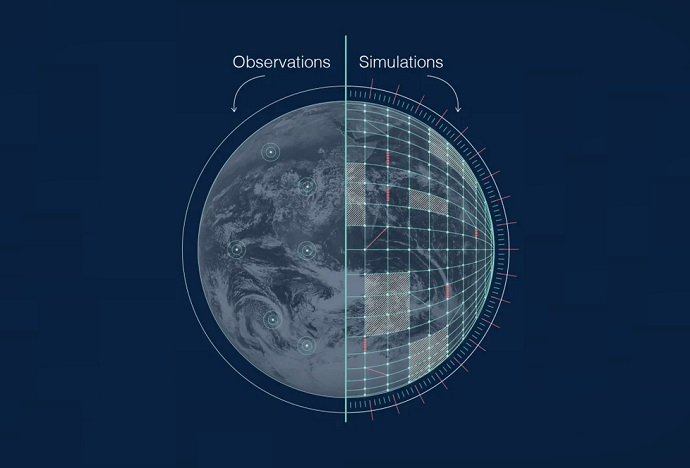
Other news articles
Additional reports can be found on the news page of the ECMWF website. For more developments on the Copernicus services run by ECMWF, consult the news pages of C3S and CAMS, and more DestinE articles can be found in the news section of the DestinE website.
